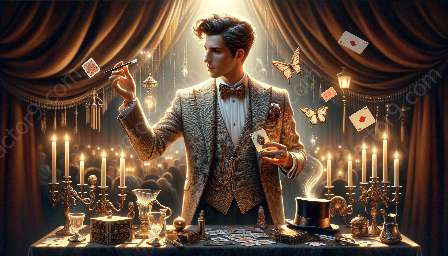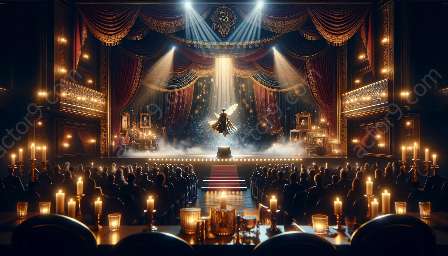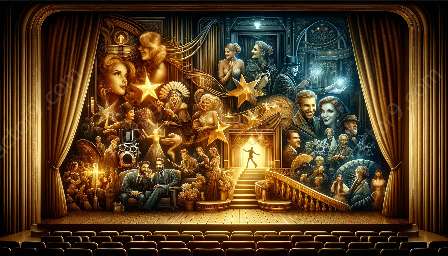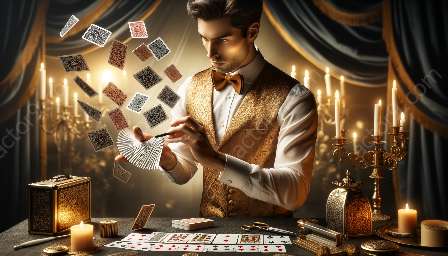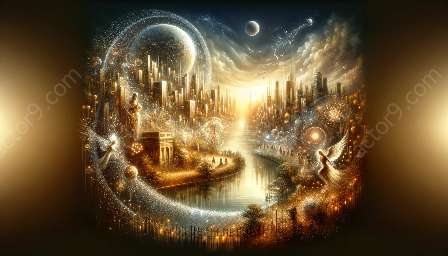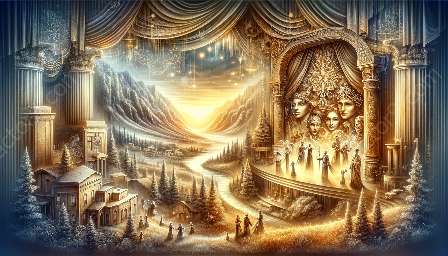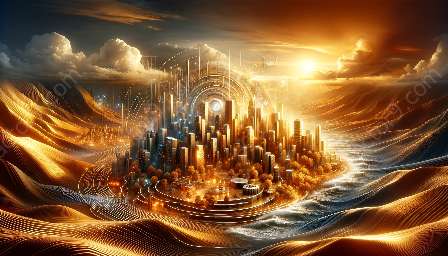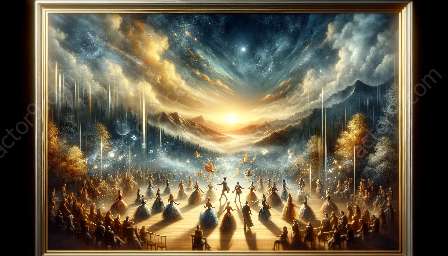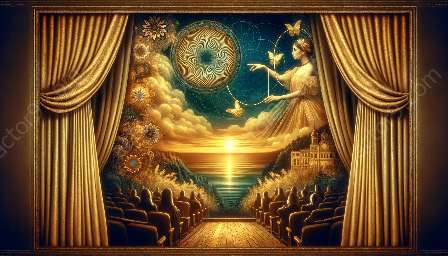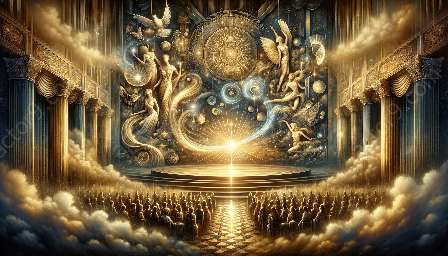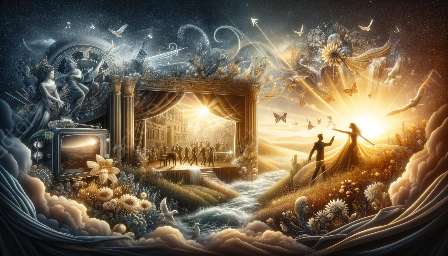Magic in theatre is a captivating art form that combines illusion, storytelling, and performance to create an enchanting and mesmerizing experience for audiences. This intriguing topic intertwines the world of magic and illusion with the realm of performing arts, offering a unique blend of creativity, skill, and wonder.
The History of Magic in Theatre
Magic has long held a prominent place in the realm of entertainment and performance, dating back to ancient civilizations and continue through the centuries to modern-day theatre. The roots of magic in theatre can be traced to various cultural traditions, including the mysticism of ancient Egypt, the conjuring arts of medieval Europe, and the mystifying performances of Eastern illusionists. Throughout history, magicians and illusionists have captivated audiences with their mesmerizing feats, leaving an indelible mark on theatrical performances.
The Art of Illusion
Central to the allure of magic in theatre is the art of illusion. Whether it's vanishing acts, levitation, or mind-bending tricks, illusionists masterfully create a sense of wonder and disbelief through their craft. The meticulous attention to detail, precise choreography, and innovative use of props and technology contribute to the seamless execution of these captivating illusions, blurring the lines between reality and fantasy on stage.
The Impact on Performing Arts
The integration of magic and illusion into the realm of performing arts has significantly influenced the theatrical landscape. The incorporation of magical elements adds depth and intrigue to theatrical productions, enhancing the overall storytelling experience and captivating audiences of all ages. This dynamic fusion of magic and performing arts provides performers with a unique platform to showcase their creativity and captivate audiences with awe-inspiring displays.
The Artistry of Magic in Theatre
At its core, magic in theatre exemplifies the artistry and craftsmanship of both illusionists and performers. From the intricacies of trick design to the seamless integration of magic into theatrical narratives, this art form demands a high level of creativity, skill, and showmanship. The collaboration between magicians, actors, directors, and stage designers results in a symphony of artistry that brings enchanting visions to life on stage, leaving a lasting impression on audiences.
Pushing Boundaries and Defying Expectations
One of the most intriguing aspects of magic in theatre is its ability to push boundaries and defy expectations. The seamless fusion of magic and performing arts challenges conventional notions of reality, inviting audiences to suspend disbelief and embark on a journey of wonder and enchantment. This genre continually evolves through innovative techniques, cutting-edge technologies, and boundary-pushing performances, ensuring that each theatrical experience remains fresh, enthralling, and unforgettable.
Evoking Emotions and Inspiring Wonder
Magic in theatre has the remarkable ability to evoke a wide range of emotions and inspire wonder in its audience. From gasps of disbelief to moments of awe-inspired silence, the captivating performances of magicians and illusionists elicit genuine and heartfelt responses from spectators. The seamless integration of magic and storytelling allows for the creation of deeply moving and thought-provoking experiences that resonate with audiences long after the final curtain falls.
The Eternal Allure of Magic in Theatre
Despite the passage of time, the allure of magic in theatre remains timeless and enduring. Its ability to enchant, inspire, and captivate audiences transcends cultural and generational boundaries, cementing its status as a perennial favorite in the world of performing arts. The enchanting legacy of magic in theatre continues to thrive, perpetuating a tradition of artistry, wonder, and spectacle for generations to come.


